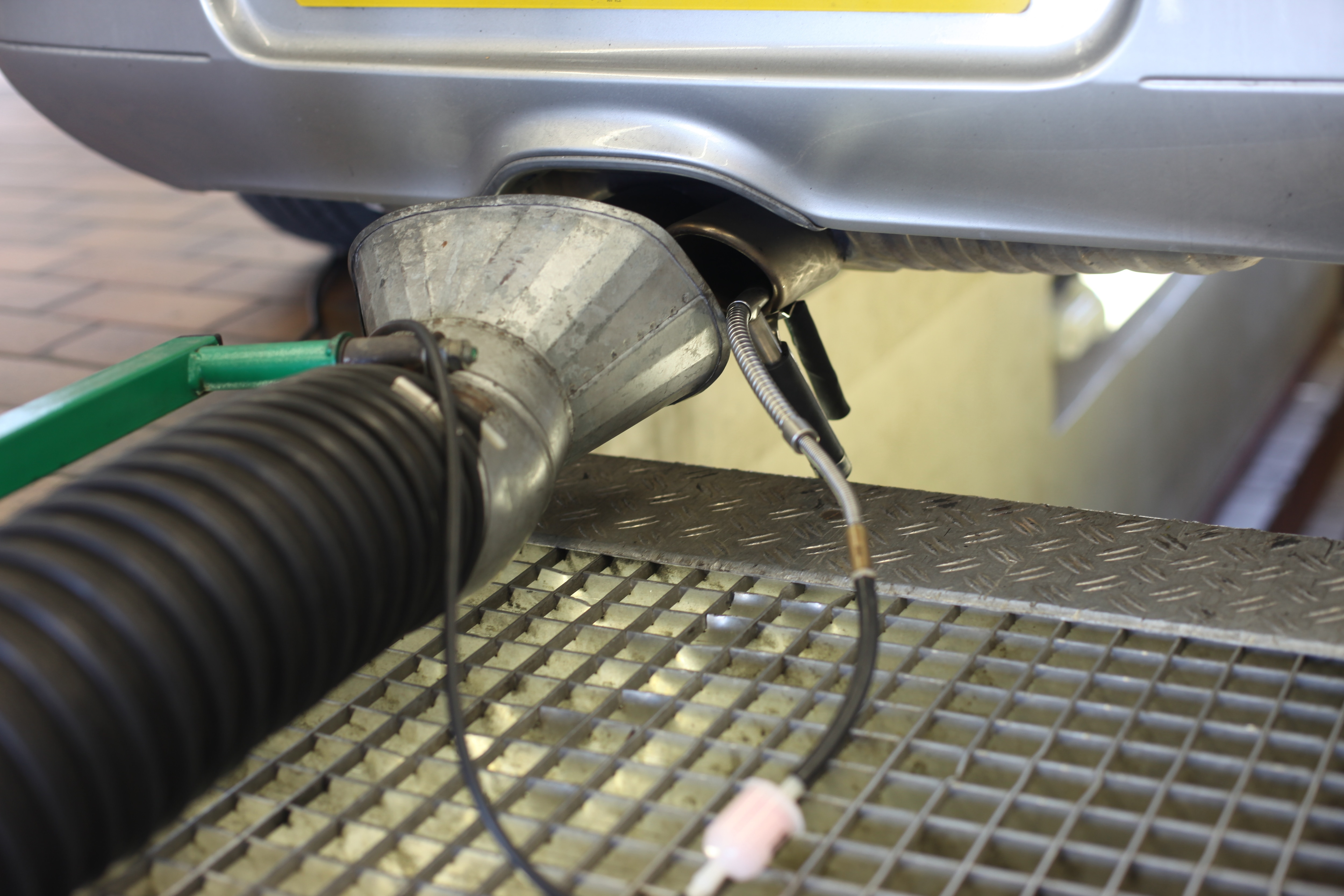Ammonia Measurement According to EURO 7 Standard

There has already been a lot of discussion about the new EURO 7 standard. Exhaust emission limits are to be reduced, in some cases drastically, and only carbon neutral vehicles are to be permitted from 2035. You can find out why ammonia in exhaust gases now also plays an important role in our product news.

In combustion processes, nitrogen oxides are formed from nitrogen and oxygen under high temperatures. If the exhaust gas cools down again very quickly, no reconversion takes place and the nitrogen oxides end up in the atmosphere. Special catalytic converters and SCR (selective catalytic reduction) technology are used to prevent this from happening in motor vehicles. This technology involves a process for the selective reduction of nitrogen oxides by adding ammonia, usually in the form of urea.
This has been known commercially for some time as “Add-Blue”, which is mainly used for diesel vehicles. The end products of the reduction are elemental nitrogen and water.However, the addition of ammonia must be dosed very precisely to avoid the so-called “ammonia slip”. The ammonia remaining from the reaction is then released into the atmosphere with the exhaust gas.
Ammonia’s harmful impact on health
Especially in heavily populated areas with high traffic volumes, this ammonia in the air can have a harmful effect. Ammonia is first and foremost a very reactive gas and forms compounds with other air pollutants. In these compounds, ammonia is considered a precursor of hazardous particulate matter. However, in its pure form ammonia is also a strong irritant gas, attacking the mucous membranes of the eyes and respiratory tract. Even inhalation of small amounts leads to coughing, nausea and headaches.
Stricter requirements due to the new EURO 7 standard
This problem has been taken into account in the EURO 7 standard, which is the reason why the measurement of ammonia emissions is mandatory in the approval tests. As even low concentrations can cause considerable harm, the maximum limits for ammonia in the standard are set very low at 10 mg/km (less than 1 ppm). At the same time, depending on the test mode, very high concentrations of ammonia have to be measured, which requires a large dynamic range. By optimising the existing LGD F200H NH3 laser gas detector module, Axetris has responded very rapidly to these changing market requirements.
The Axetris laser gas detector reliably measures ammonia in SCR processes
The LGD F200H NH3 has been successfully used for many years for measuring ammonia in SCR processes. The platform, mainly developed for industrial emissions, also offers ideal conditions for mobile use in motor vehicles. The TDLS technology used in the LGD modules enables selective measurement of the target gas, even with a complex gas matrix such as exhaust gas. And thanks to the robust design, regular calibrations are unnecessary, which significantly reduces the maintenance requirements for all the test equipment.
The new Axetris LGD F200H NH3 laser gas detector will be available from the fourth quarter of 2023.